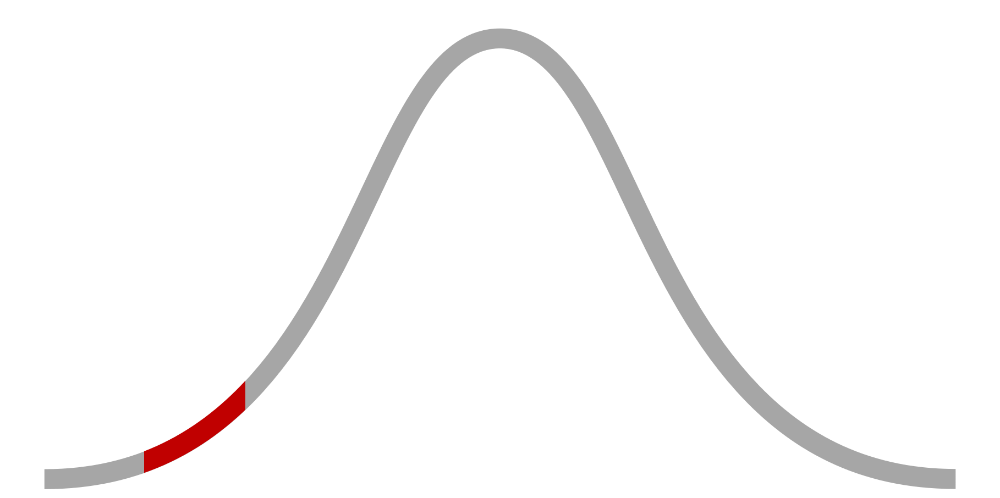 Summary & key points
Summary & key points
In Katy Perry's hit single "Roar" (2013), the musical artist inspired millions around the world to embrace their own inner spirit animal. The powerful lyrics feature nature and wild animals as a core theme. However, listeners are left with many questions regarding many ambiguous lines. For example, the phrase "You held me down, but I got up (hey)" begs several questions: who is Perry referring to and what incident is she referencing, if real at all? It could be a figure of speech or a literal reference to the tragedy of domestic abuse. Lines like these and "I let you push me past the breaking point / I stood for nothing, so I fell for everything" require context not provided by Katy Perry, and this lack of detail demonstrates a well below-average example of the Specificity attribute.
Select media ©
Katy Perry. Learn more











